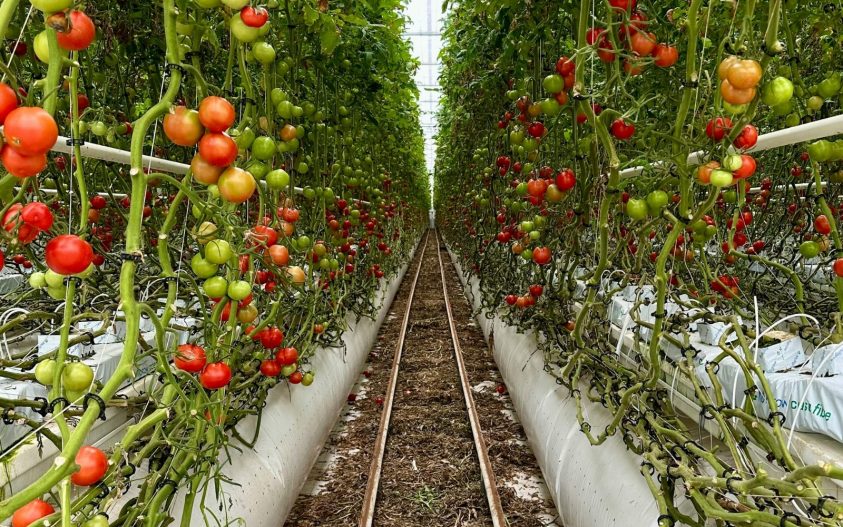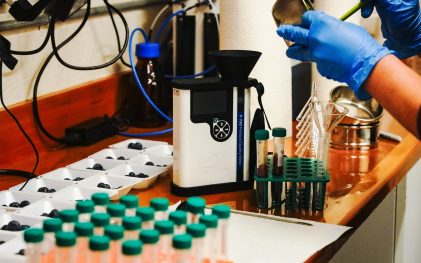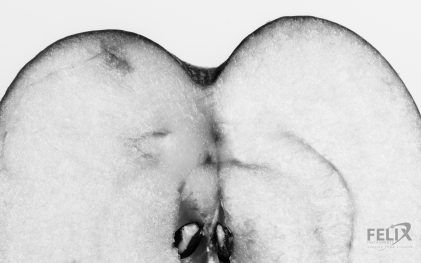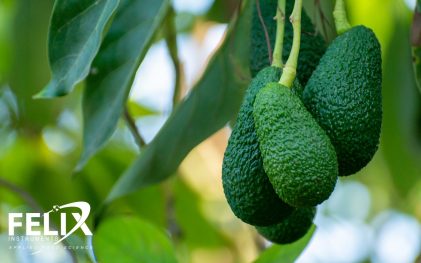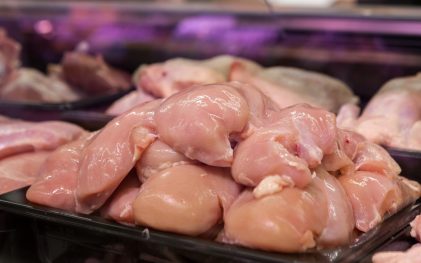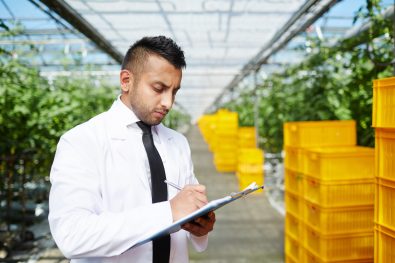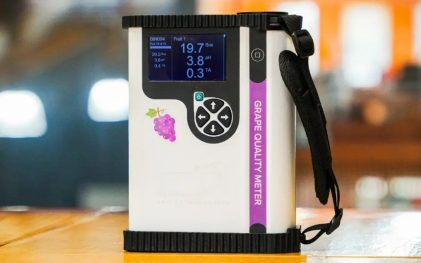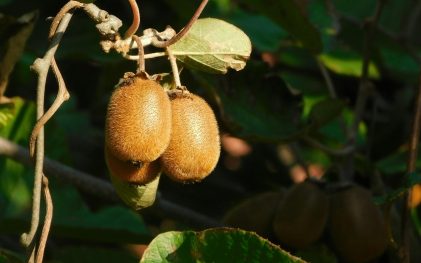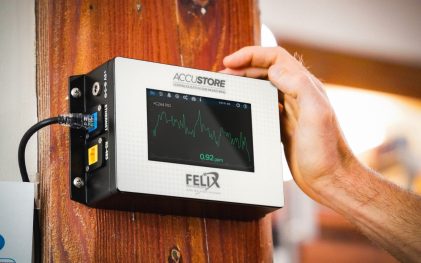Articles
Can Ethylene in Greenhouses Harm Your Crop Yield?
Vegetable growers should monitor ethylene, as it can cause stunting, defects, delayed flowering, and a significant reduction in yield. The extent of damage depends on the species, greenhouse type, temperature, ethylene concentration, exposure duration, and plant stage. Ethylene concentrations in greenhouses and indoor environments must be below 20 nmol⋅mol−1 (0.020 ppm or parts per million)… Continue reading…
Additional reading
Why Is the Geographical Origin of Meat Important and How Is It Verified?
Determining the geographic origin of meat is necessary to authenticate the quality and specialty indicators of origin. Geographic origin determination is also necessary to control the entry of banned meat contaminated with animal pathogens and to prevent the spread of disease. Near-infrared spectroscopy is one of the easiest, portable, and accessible methods of meat analysis… Continue reading…
Fixed vs Portable Ethylene Monitoring Compared
Ethylene monitoring is central to maintaining fruit quality through storage, transport, and ripening. Even trace levels of ethylene, measured in parts per billion, can alter respiration rates, accelerate ripening, or shorten shelf life. Because ethylene’s impact varies across commodities and handling stages, the way it’s monitored determines how effectively operations preserve product quality and reduce… Continue reading…
How to Prevent Postharvest Quality of Table Grapes from Declining During Storage and Transport
Gray mold infection and rachis browning are the two main factors responsible for post-harvest quality loss of table grapes. Loss of appearance, weight, and firmness, shriveling, wilting, and bruising are some of the other prominent quality issues seen in postharvest grape clusters. Rapid moisture loss in berries, handling, and diseases are the three major postharvest… Continue reading…
F-750 vs TR Turoni 532: Which Produce Quality Meter Gives You Better Dry Matter Accuracy?
When measuring fruit maturity and postharvest quality, dry matter is one of the most trusted indicators. It’s the foundation for understanding ripeness, flavor potential, and storage performance across crops like avocados, mangoes, kiwifruit, and apples. In the debate of F-750 vs TR Turoni 532, both instruments are popular choices for non-destructive dry matter estimation. The… Continue reading…
What Are Brix Measurements and Are They Crucial in Fresh Produce?
Brix is the most common unit used in the food and beverage industry. Brix measurement is helpful in crop production, scheduling harvest, quality control, marketing, and processing. The use of Brix is widespread because it is easy and inexpensive, and it can be used in fields, storerooms, during transit, in shops, and in processors. Nondestructive… Continue reading…
What Is an Ethylene Monitoring System and Why Is It Critical for Fresh Produce?
Ethylene monitoring systems can have fixed or portable sensors. Other components of the monitoring systems could be data logging, data transmission, connectivity, remote access, and a control event scheduler. The sensors used to detect ethylene must be sensitive, selective, stable, rapid, and have the required lower limit and detection range. Ethylene monitoring in the postharvest… Continue reading…
